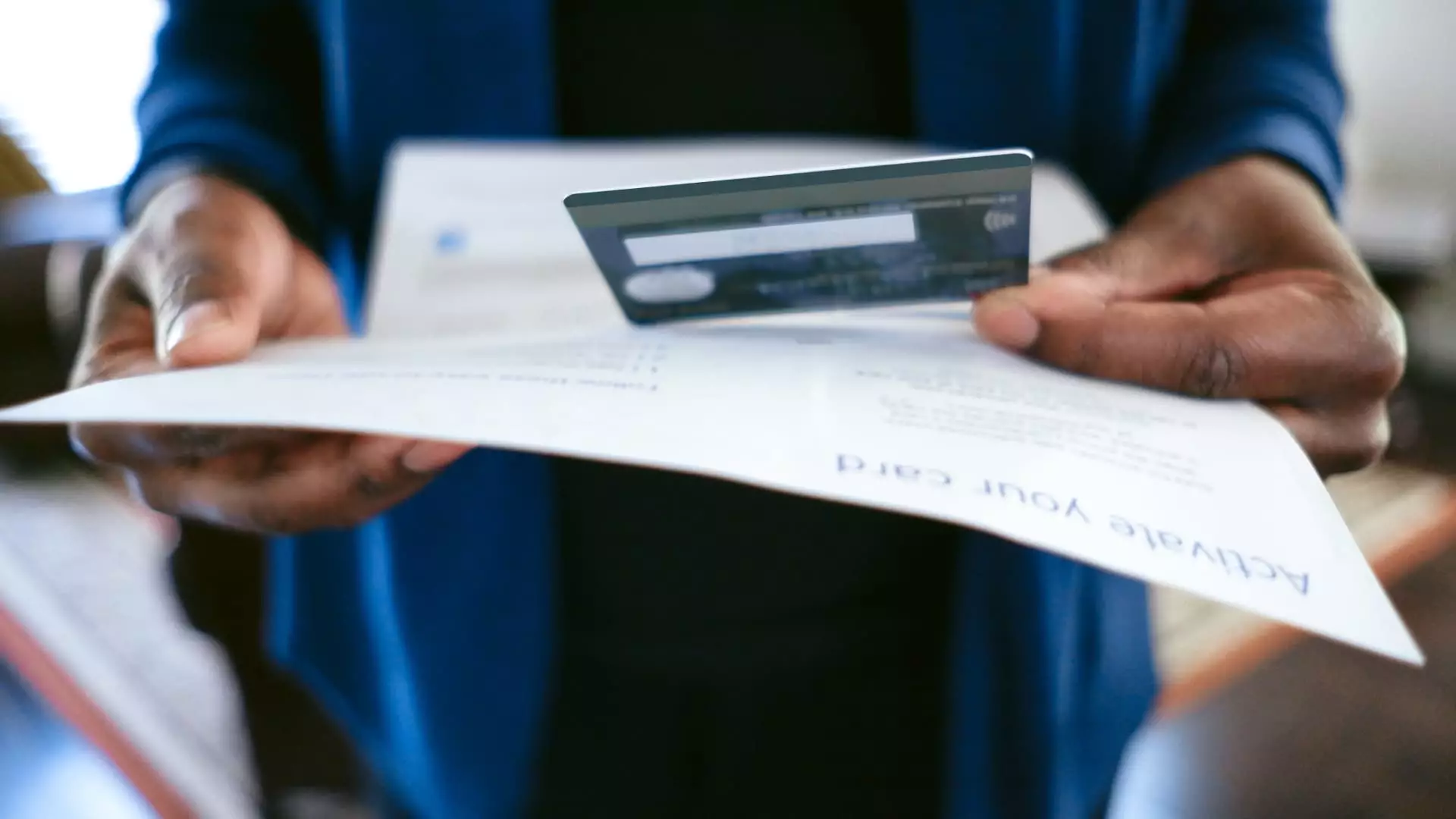In a consumer landscape that struggles under the weight of onerous debt, credit card interest rates are increasingly serving as a financial albatross. As reported by LendingTree, interest rates are no longer just inching higher; they are skyrocketing. With the average APR now hovering above 20%—the highest since December—it’s evident that economic structures designed to protect consumers are failing. New cardholders face even steeper rates, as the average APR reaches a staggering 24.3%. The situation is grim, and the consequences could be disastrous for those already vulnerable.
Understanding the Roots of the Crisis
The rise of credit card interest rates cannot be decoupled from the actions of the Federal Reserve. Following the passage of the Credit CARD Act in 2009, rates had stabilized for a considerable period, only to resurge with intensity beginning in 2015. Since then, the average APR has essentially doubled, reflecting a broader financial distress among consumers. So, what exactly is happening? At its core, credit card debt is subject to variable rates, directly influenced by the Fed’s benchmark. As the Fed embarked on an aggressive campaign of rate hikes starting March 2022, banks flexibly adjusted their pricing, leading to record-level APRs.
The Federal Reserve’s recent decision to hold rates steady in 2024 seems like a lifeline, yet the banks are playing a different game. Many institutions have chosen to maintain elevated interest rates, irrespective of the Fed’s movements, indicating a troubling trend: lenders are preemptively shielding themselves from increasing defaults. Certified financial planner Clifford Cornell has rightly termed these rates “crippling,” and the sentiment resonates echoed by many financial analysts—this isn’t merely a blip in the system but a systemic threat to consumer financial stability.
The Damaging Ripple Effects
What intensifies this crisis is the paradox of risk and consumer behavior. As uncertainty escalates in the broader economy, consumers are increasingly inclined to seek new credit options. This not only expands their exposure but simultaneously pushes banks to hike APRs even further. Charlie Wise from TransUnion highlights this two-way interaction, elucidating how market instability compels individuals to acquire credit, only for them to suffer the consequences of grim interest rates. The banks’ mindset reflects a conservative approach—anticipating increased risk and proactively reacting to it, thus perpetuating a vicious cycle.
It’s crucial to note that this burden falls hardest on those who carry balances month to month. Existing debt holders aren’t shielded from rate hikes on new debt, which brings urgency to the situation. Wise poignantly reminds us that even a cut in the fed funds rate—however optimistic it may appear—translates into negligible improvements for consumers, often saving those at 22% only a modest reduction to 20%. For families teetering under overwhelming debt, these slivers of reprieve are largely illusory.
Empowerment Amidst Adversity
However, the narrative doesn’t have to be entirely bleak. There is room for empowerment and strategic maneuvering even in such turbulent waters. Financial advisors like Matt Schulz provide hope by suggesting that consumers explore zero-interest balance transfer opportunities or consider consolidating debt. Indeed, if you possess a modified level of economic literacy, you could potentially take control of your financial situation rather than being victimized by it.
The often underappreciated reality is that individuals with good credit have substantially more negotiating power than they realize. Schulz’s insight underscores a crucial point: the rates offered on new credit cards can vary widely depending on one’s creditworthiness. By maintaining disciplined payment habits and keeping utilization rates low, cardholders can potentially unlock significant savings in the long run, along with additional benefits such as rewards.
In an age of financial chaos, understanding the nuanced relationship between credit, interest rates, and personal responsibility could well be the key to navigating these uncertain times. The financial landscape may be fraught with danger, but it is also ripe for those willing to take action and reclaim their financial health. The responsibility lies with the individuals to revolutionize their relationship with credit, challenging the system that seeks to maintain them in a cycle of debt. It’s time to shift the paradigm and reclaim fiscal sovereignty instead of succumbing to crippling rates.

